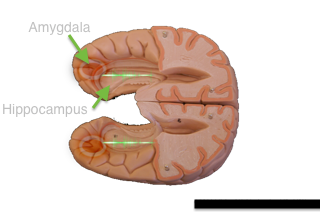Traumatic Memory: Somatoemotional Release
Traumatic memory is an integral component of persistent pain experience. Physical and emotional traumatic events are both experienced and stored in the body and the brain. All of the physical and emotional experience causing and surrounding persistent pain creates traumatic memory. The value assigned to the pain is greater if the traumatic memory accompanying the pain is ignored.

Physical and emotional traumatic memories overwhelm the ability to problem solve and plan, cause a chronic state of flight and flight, encourage passivity, diminish self-soothing, defeat self care and discourage recovery. There is a point in time that the traumatic memory establishes the suffering of persistent pain. Identify the emotions associated with the pain, such as fear, anger, anxiety, grief, sadness, terror and despair. Ask yourself the question, “Has your pain become the defining factor in your life?”
Practitioners must give patients an avenue to process the emotional suffering that is part of their pain. Practitioners can acknowledge and address the emotional component and traumatic memory with their patients. This can be done simply by asking patients to remember the circumstance of the onset of their pain or injury. What was happening in the patients life at the time? What do they experience when they think of the pain or incident? Answers to these questions can help patients understand the contribution this makes to their pain state. Manual therapy can allow the surfacing of traumatic memory, because it is a safe, soothing modality and environment.
